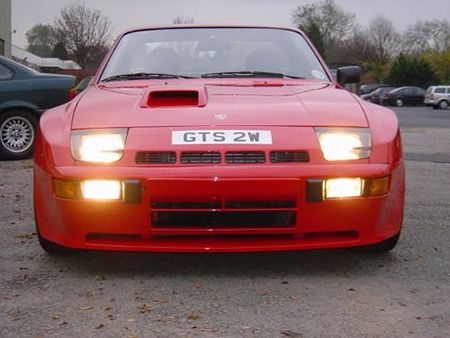Porsche 924 Spotters guide.
Work began on the 924 in 1972 when Porsche were contracted by vw/audi to produce a mid range sports car. But on completion of the car Volkswagen/Audi were not enjoying a particulary strong market with sales faltering on their ageing beetle. So an agreement of £16 million was made and Porsche bought back its own design on the condition that the 924 would be manufactured in Audi's Neckarsulm factory just outside of stuttgart.
The 924 was significantly different from all previous models manufactured by Porsche, but shared the same layout as another model in development the Porsche 928. It was the first Porsche to have a front mounted watercooled engine, which incedently was an Audi powerplant, originally from the 100 saloon it was enlarged and developed into a belt driven sohc engine for use in the Volkswagen LT van range. This drove the rear mounted transaxxle through a propellar shaft within a tubular backbone. The car featured MacPherson strut Independent front suspension and the semi trailing arm rear suspension.
The 924's aerodynamic body was styled by Porsche's Harm Lagaay
The 924 was announced in 1975 and was an instant success, becoming the best selling Porsche of its day, by 1985 over 130,000 cars had been sold worldwide.
On release the car was priced at £6,999 for a base model car, this was some £3000 cheaper than the 911. At the end of production of the 2 litre model in 1985 the cars starting price was £11,568.
Porsche 924 Sebring
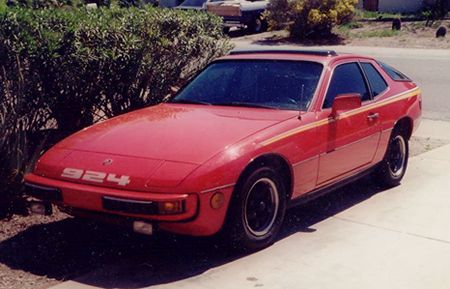
The 1979 Porsche 924 Sebring Edition was produced to celebrate Porsche's success at Sebring. The Sebring was red, with a stripe/graphics kit and was equiped with black painted and polished cookie-cutters rims. It was mainly a cosmetic package.The interior was inlaid with a striking plaid check cloth.
Porsche 924 Turbo S1
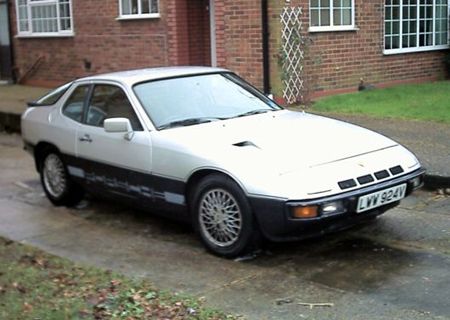
Introduced to the model range in 1979 was the 924 Turbo. Which silenced the critics of the 924's average acceleration. The 924's engine was discovered to be an ideal candidate for turbocharging. The cylinder head was modified to cope with the increased temperatures associated with turbocharging and had a 7.5:1 compression ratio. A KKK turbocharger was fitted along with vented discs from the 911 which were fitted to both the front and rear. A strengthened dogleg 5 speed box was fitted with lower ratio first and second gears. The car still featured a bosch transistorised ignition unit but with more retard on the ignition curve.
Externally there were also many subtle changes, a NACA duct was fitted to the bonnet to aid the cooling of the increased temperatures in the engine bay along with extra vents in the cars badge panel and underneath the front bumper in front of the brakes and where the extra oil cooler was fitted. A spoiler was fitted to the rear tailgate and plastic spats behind the rear wheels. 5 stud 15 inch cross spoke alloys wheels were fitted as standard
The 924 Turbo was a real wolf in sheeps clothing and could accelerate to 60 in just 7.1 seconds and reach 140mph. 170 bhp was available at 5800 rpm
Porsche 924 Turbo S2
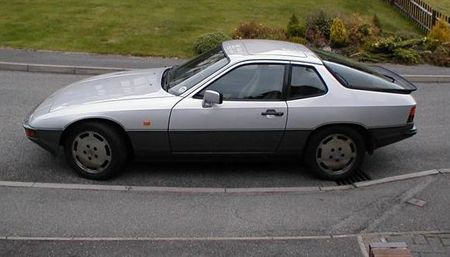
For the 1981 model year Porsche introduced the S2 which received a number of improvements over the S1 model. A smaller more sesponsive turbo was fitted, along with a new Siemans-Hartig digital ignition system. The compression ratio was raised to 8.5:1. This pushed the output to 177 bhp. The crankcase breathing was also improved to provide better circulation after shut down improving the life of the turbo. The s2 is identified easily by the introduction of side repeaters. 16" inch 928 wheels were available as an option.
Porsche 924 Carrera Models
Porsche entered three highly modified 924's in the 1980 Le Mans. They were all works entries jointly financed by Porsche Germany, USA and Great Britain. Competeing against the 935 types that had been dominating racing at that time. They all finished, coming in sixth twelveth and thirteenth which was quite an achievement, as they were all 2 litre cars running in the open modified class due to time constraints.
The concept for the 924 Carrera GT was first seen at the frankfurt motor show in 1979 and was a highly developed version of the 924 Turbo. It was pitched as a model suitable for racing with a production run suitable for group 4 catagory. The Carrera GT production run started in June 1980 and was a hologomation run of 400 specially prepared lightweight models which were all presold to order.
Porsche 924 Carrera GT
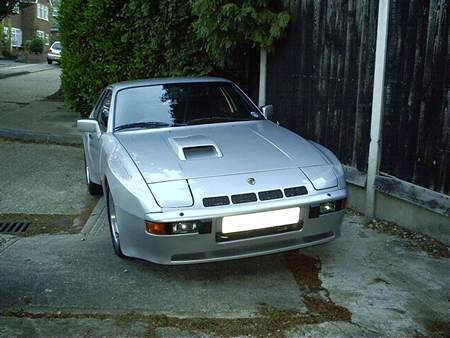
Click picture for more pictures and info
Porsche 924 Carrera GTR
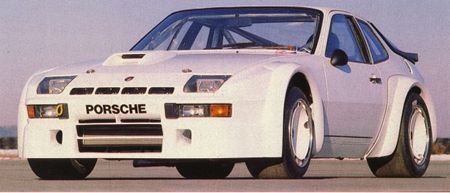
Porsche 924 S
Porsche 924 S Le Mans
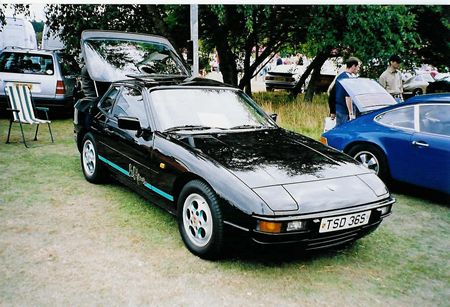
Porsche 924S Le Mans special edition was built to celebrate Porsche’s 12th outright win in the Le Man 24 Hour.
A total of 980 Le Mans models were manufactured between July and September 1987, 200 black and 50 white cars were sold in West Germany, 500 for the US market but all were black, and 113 black and 117 were for the‘Rest of the World’ markets.
Paint finish and interior trim was only offered in two colour combinations - Alpine White with Ochre/Grey detailing or Black with Turquoise detailing. The exterior side stripes were broken by scripted ‘Le Mans’ logos on the lower part of the door, while the rims of the holes in each wheel were in the appropriate Ochre or Turquoise.
The upholstery of the white Le Mans was grey/ochre striped flannel cloth with ochre piping or grey/turquoise with turquoise piping for Black cars. All the cars had the 14 inch steering wheels, with cloth door panels colour-coded to match the cloth inserts on the sports seats which were fitted as standard. .
All cars came with a 160 BHP engine plus an electric tilt/removable sunroof fitted as standard.
The Le Man was slightly lower than the standard S by10mm at the front and 15mm at the rear, with stiffer springs and gas-filled shock absorbers all round. It was also given sport anti-roll bars with diameters of 21.5mm at the front but 20mm, rather than 14mm, at the rear.
Wheels were telephone dial cast alloy 6J x 15 at the front and 7J x 15 at the rear.
